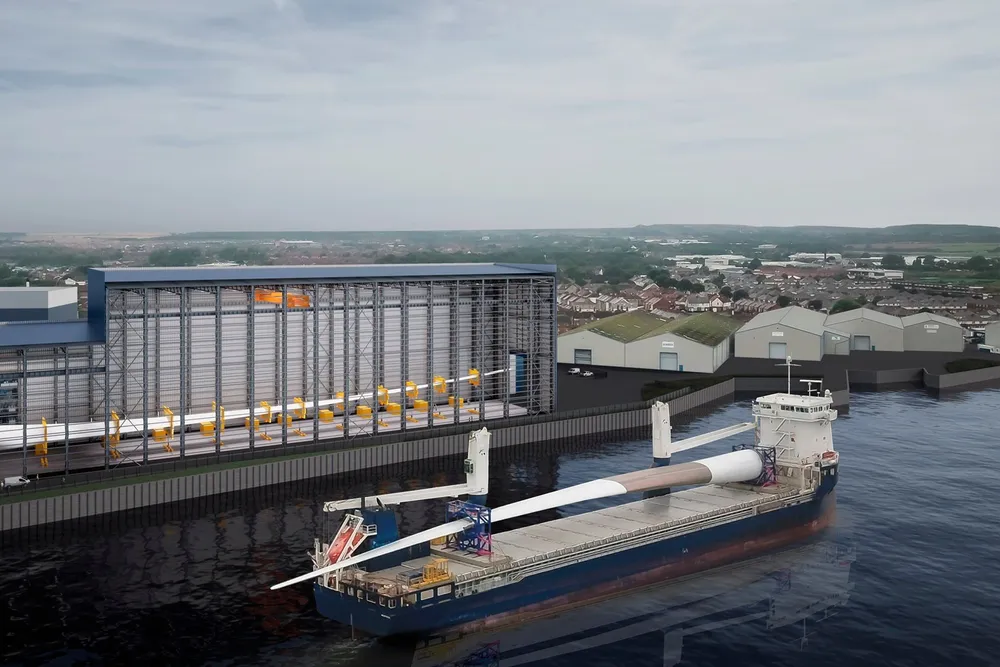UK closer to testing 28MW 'super turbines' as key contract signed
Offshore Renewable Energy Catapult signs deal to test future turbines that could each power tens of thousands of homes

A UK government-backed programme to test up to 28MW “super turbines” has taken another step forward as a German manufacturer lands a key supplier contract.
The UK’s Offshore Renewable Energy (ORE) Catapult has signed a deal with German manufacturer RENK Group, a specialist in high-efficiency propulsion and drivetrain technology, to manufacture and install a new drive train test rig.
RENK Test System GmbH will lead on the design, manufacture and installation of the new test rig at ORE Catapult’s existing drive train facility, which will see capacity increased from 15MW to an initial 23MW.
The test rig will be capable of further expansion to 28MW to meet future industry demand, said ORE Catapult, the UK’s lead technology innovation and research centre for offshore wind.
“During the rigorous procurement process, RENK proved their ability to find solutions to a complex set of requirements,” said ORE Catapult director of technology development Tony Quinn in an announcement today.
The new test rig is not only a “critical part” of ORE Catapult’s “own future roadmap,” said Quinn, but it will also make a “substantial contribution to wind turbine technology development in the UK, as well as the country’s Energy Security Strategy and Net Zero commitment.”
RENK Test System managing director Mathias Karrer said that over the last nine months experts from his company and ORE Catapult have been working together to design an “unprecedented test system.”
The nacelle test rig, expected to be completed by late 2027, will “set a new standard in terms of load performance, realistic testing and test accuracies,” he said.
ORE Catapult announced the plan to test “super turbines” of tomorrow last year in tandem with plans to develop a larger offshore wind blade test facility. That would initially test blades up to 150 metres long but would also have room to expand to accommodate 180-metre blades – almost twice the length of a football pitch.
ORE Catapult said it is “working with key partners to finalise arrangements and designs for the next generation of blade testing capability which will be announced in due course.”
The UK government is putting £86m ($108m) in funding towards the test facilities.
A 23MW capacity turbine, as is now being discussed, would power an estimated 35,000 UK homes, says ORE Catapult. By extension, a 28MW turbine would power around 42,600 homes.